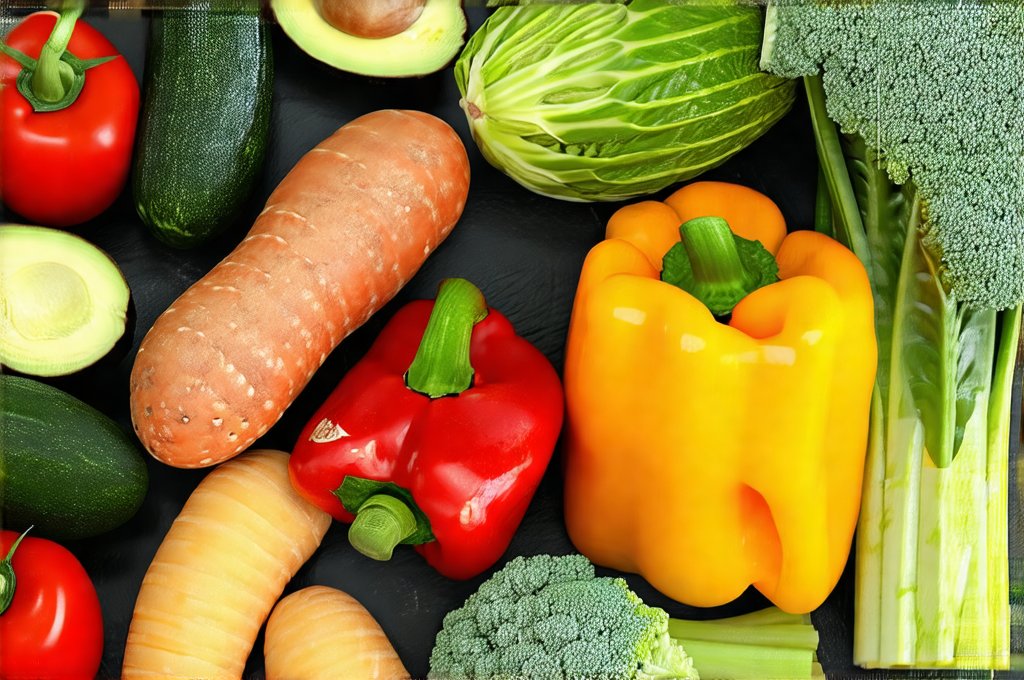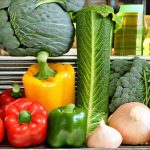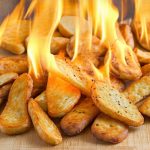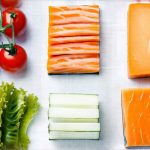Gastroesophageal reflux disease (GERD), commonly known as acid reflux, affects millions globally, causing discomfort ranging from mild heartburn to debilitating pain. While medications can offer relief, understanding and proactively managing triggers – particularly those hidden within our weekly grocery lists – is paramount for long-term well-being. Many individuals don’t realize how significantly their dietary choices impact their GERD symptoms. A seemingly harmless snack or a favorite ingredient could be exacerbating their condition without them even realizing it. This proactive approach empowers individuals to take control of their health and minimize the frequency and severity of flare-ups, improving overall quality of life. Understanding gut flora imbalance can also help understand sensitivities.
The key to minimizing GERD symptoms isn’t necessarily eliminating entire food groups, but rather making informed choices and understanding how different foods interact with your digestive system. It’s about recognizing personal triggers – what bothers one person might not bother another. This article will delve into common GERD triggers lurking in typical grocery store aisles, providing practical guidance to navigate shopping lists and build a more gut-friendly diet. We’ll focus on identifying problematic foods, offering alternatives, and empowering you to make informed decisions that support your digestive health. Planning a weekly plan can also be helpful in staying consistent with dietary changes.
Common Grocery Culprits: Identifying the Triggers
The supermarket can be a minefield for those with GERD. Many seemingly innocuous items are actually notorious triggers. High-fat foods are prime offenders, as they relax the lower esophageal sphincter (LES), allowing stomach acid to flow back up into the esophagus. This relaxation slows down digestion and increases intra-abdominal pressure, both contributing to reflux. Similarly, acidic foods like citrus fruits and tomatoes can directly irritate the esophageal lining, causing heartburn and discomfort. Caffeine and alcohol also contribute by relaxing the LES, while carbonated beverages increase stomach pressure.
Beyond these well-known culprits, even seemingly healthy options can cause issues for some individuals. Mint, for example, while refreshing, is known to relax the LES. Spicy foods, though enjoyable for many, can irritate the esophagus and trigger heartburn. Chocolate, due to its high fat content and caffeine, often appears on lists of GERD triggers. The challenge lies in identifying your specific sensitivities and adjusting your shopping habits accordingly. Keeping a food diary alongside symptom tracking is invaluable in pinpointing these personal triggers. You might also consider including high-enzyme foods to aid digestion.
Navigating the Grocery Store: Smart Shopping Strategies
Successfully managing GERD through diet requires a strategic approach to grocery shopping. Start by focusing on lean proteins, whole grains, and non-citrus fruits and vegetables. Opt for baked or grilled foods over fried options to reduce fat intake. When selecting dairy products, choose low-fat or plant-based alternatives. Reading food labels carefully is crucial – pay attention to fat content, acidity levels, and added ingredients that could potentially trigger symptoms.
Don’t be afraid to experiment with substitutions! For instance, swap out tomato-based sauces for pesto (in moderation) or creamy cashew-based alternatives. Replace coffee with herbal teas like chamomile or ginger tea, known for their soothing properties. Look for low-acid varieties of fruits and vegetables when available. Ultimately, the goal is to create a shopping list filled with foods that nourish your body without exacerbating your GERD symptoms. Remember that gradual changes are more sustainable than drastic restrictions. Consider anti-bloating staples when creating your grocery list to minimize discomfort.
Understanding Fat Content & Its Impact
Fatty foods remain one of the most significant contributors to GERD flare-ups. The problem isn’t necessarily fat itself, but rather how much fat is consumed and what kind. High-fat meals take longer to digest, increasing the pressure in your stomach and raising the likelihood of acid reflux. Furthermore, fats can directly relax the LES, allowing stomach acid to escape.
- Focus on lean protein sources: Chicken breast, fish, turkey, and tofu are excellent options.
- Choose low-fat dairy: Skim milk, yogurt (low-sugar), and cheese alternatives.
- Limit fried foods: Opt for baking, grilling, steaming, or poaching instead.
- Be mindful of hidden fats: Sauces, dressings, and processed snacks often contain significant amounts of fat.
Decoding Acidic Foods & Alternatives
Acidic foods can directly irritate the esophageal lining, causing heartburn and discomfort. While citrus fruits are well-known triggers, many other everyday foods contribute to acidity levels. Tomatoes, vinegar, chocolate, coffee, and carbonated beverages all fall into this category. It’s important to note that individual sensitivity varies greatly. Some people may be able to tolerate small amounts of acidic foods without issue, while others experience significant symptoms even with minimal consumption.
- Substitute citrus fruits: Berries, melons, bananas, and peaches are gentler on the esophagus.
- Explore alternative seasonings: Replace vinegar with herbs and spices for flavoring.
- Choose decaffeinated beverages: Herbal teas offer a soothing alternative to coffee.
- Limit carbonated drinks: Water is always the best choice for hydration.
The Role of Fiber & Digestive Health
Fiber plays an often underestimated role in managing GERD symptoms. Adequate fiber intake promotes healthy digestion, preventing constipation and reducing pressure within the abdomen. This, in turn, minimizes the likelihood of acid reflux. However, excessive fiber can also lead to bloating and discomfort, so finding the right balance is crucial.
- Incorporate soluble fiber: Oats, applesauce, bananas, and beans are excellent sources.
- Choose whole grains: Brown rice, quinoa, and whole-wheat bread provide sustained energy and fiber.
- Stay hydrated: Water helps move fiber through your digestive system efficiently.
- Introduce fiber gradually: Rapid increases in fiber intake can cause bloating and gas. You could even include gut-calming soups to aid digestion while increasing fiber intake.
It is important to remember that managing GERD is a personalized journey. What works for one person may not work for another, and dietary modifications should be made in consultation with a healthcare professional. This article provides general guidance and information but should not be considered medical advice. Additionally, knowing GERD triggers can help you plan ahead for events and gatherings. Finally, it is important to understand common GERD triggers that may be hiding in your daily diet.


















